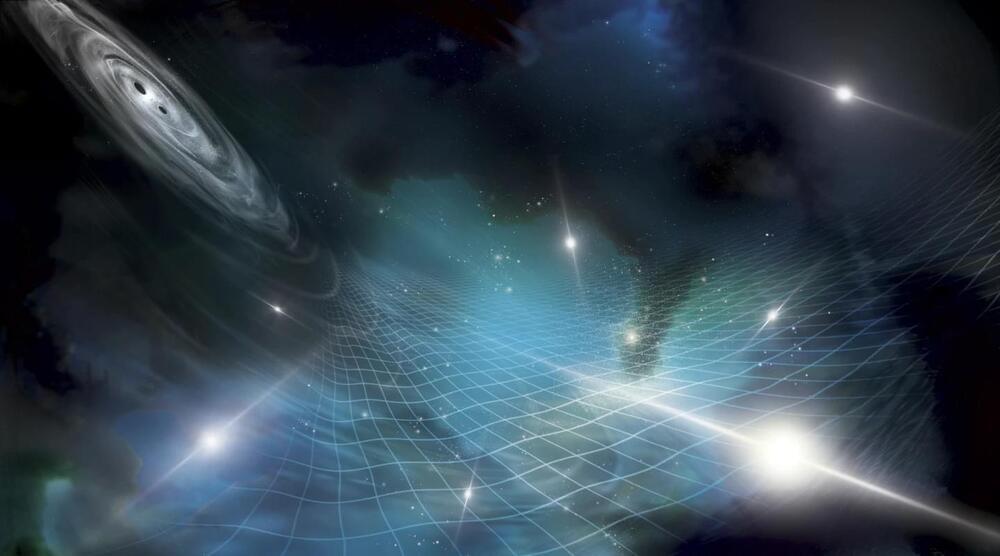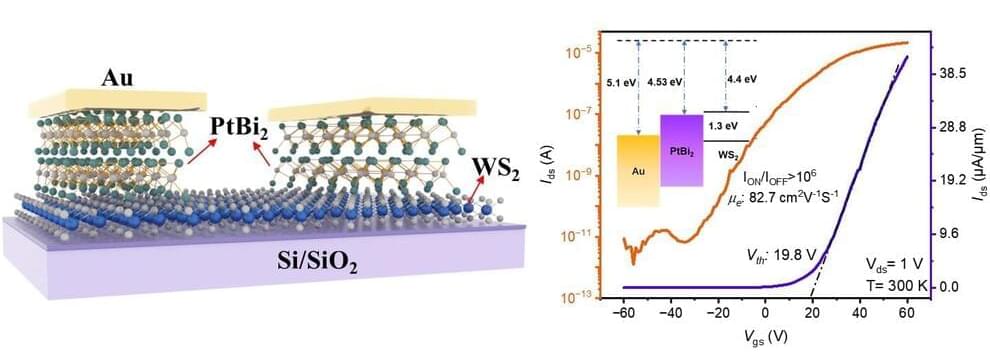Chat gpt 4 is really excellent in physics work aiding the user very well much like wolfram alpha has done.
Artificial intelligence (AI) technologies have been consistently influencing the progress of education for an extended period, with its impact becoming more significant especially after the launch of ChatGPT-3.5 at the end of November 2022. In the field of physics education, recent research regarding the performance of ChatGPT-3.5 in solving physics problems discovered that its problem-solving abilities were only at the level of novice students, insufficient to cause outstanding alarm in the field of physics education. However, the release of ChatGPT-4 presented substantial improvements in reasoning and conciseness. How does this translate to performance in solving physics problems, and what kind of impact might it have on education?







